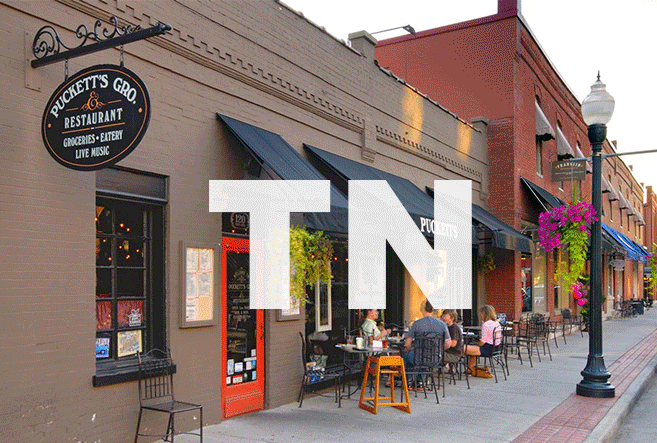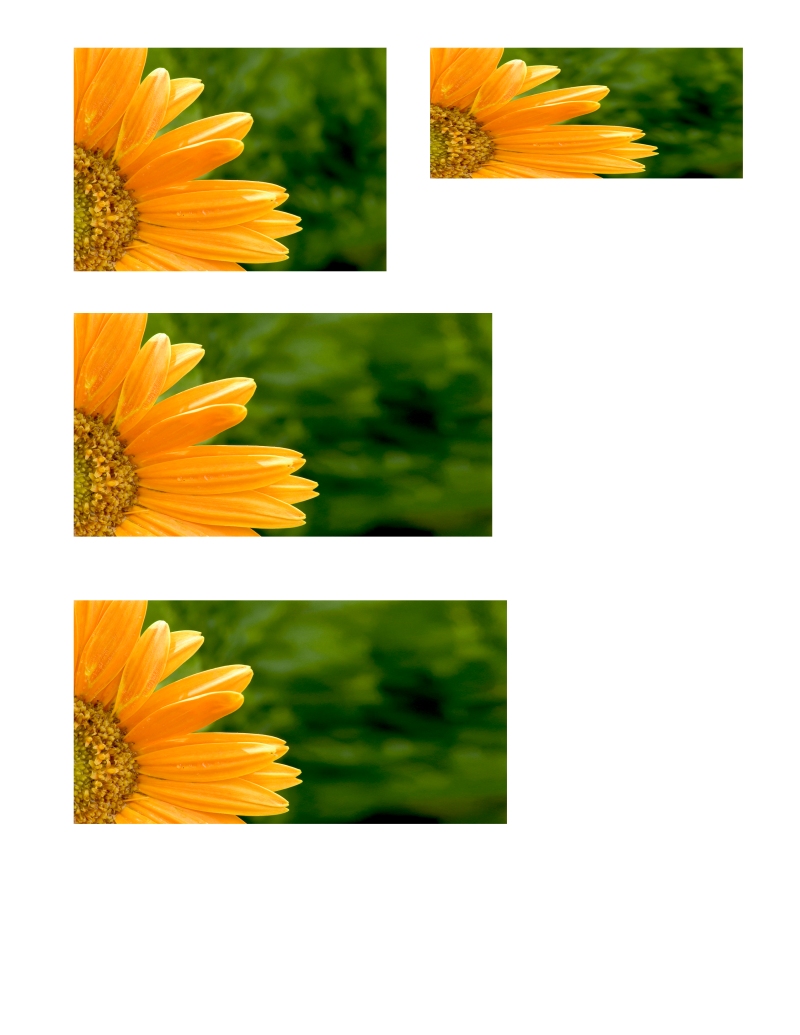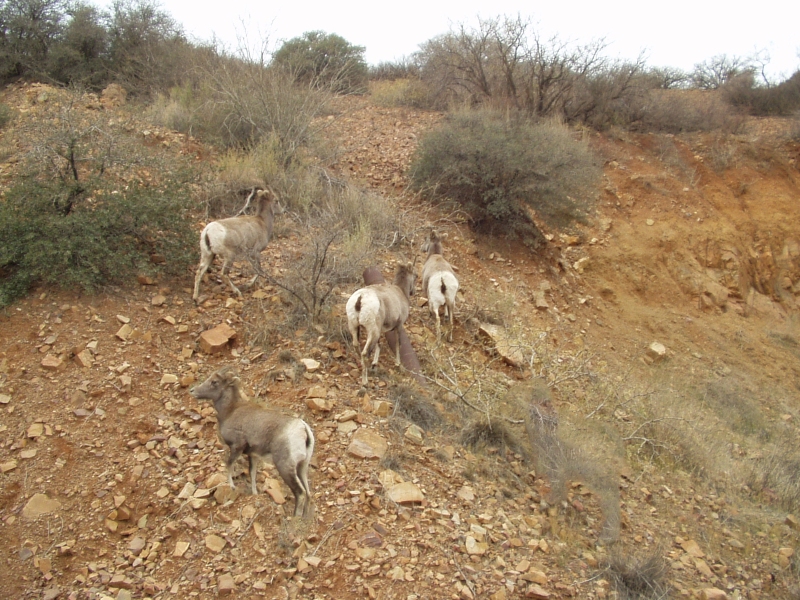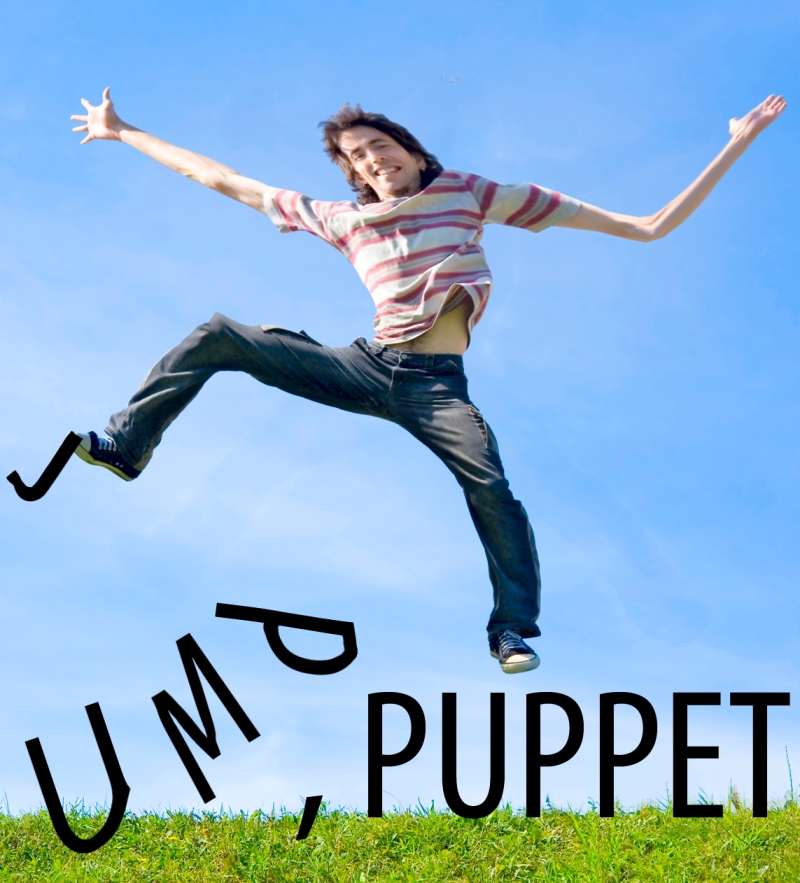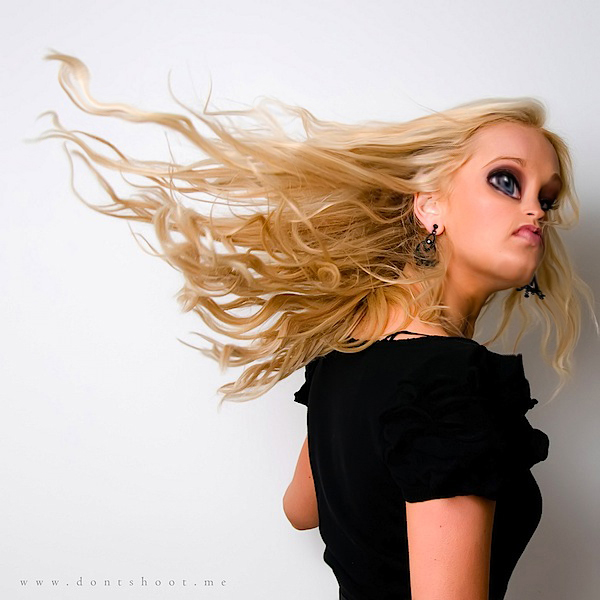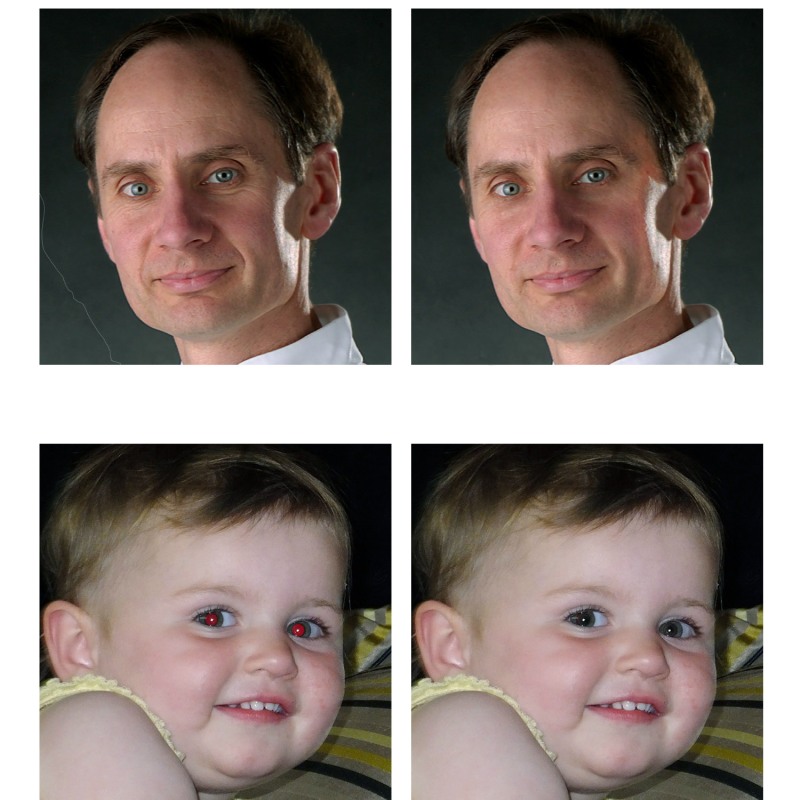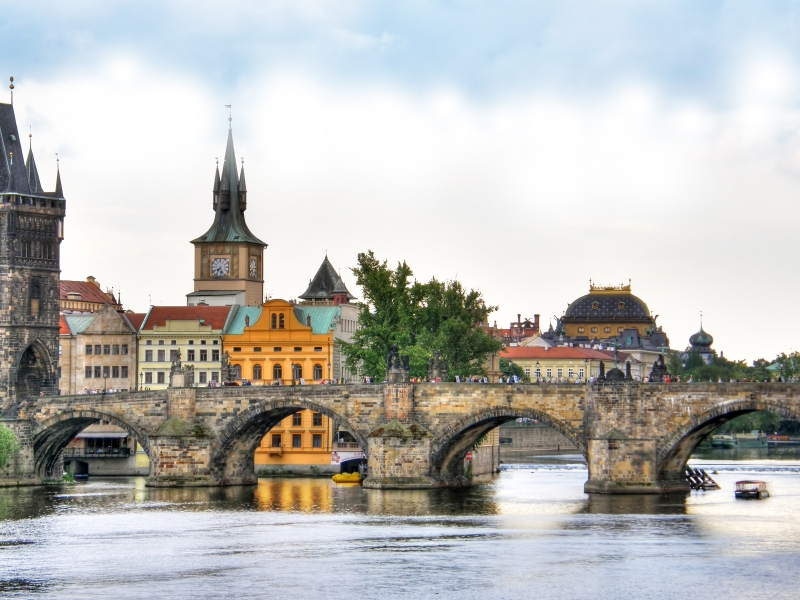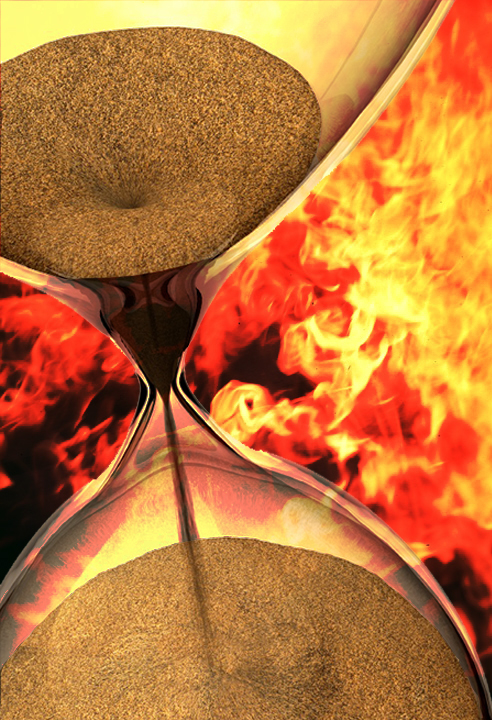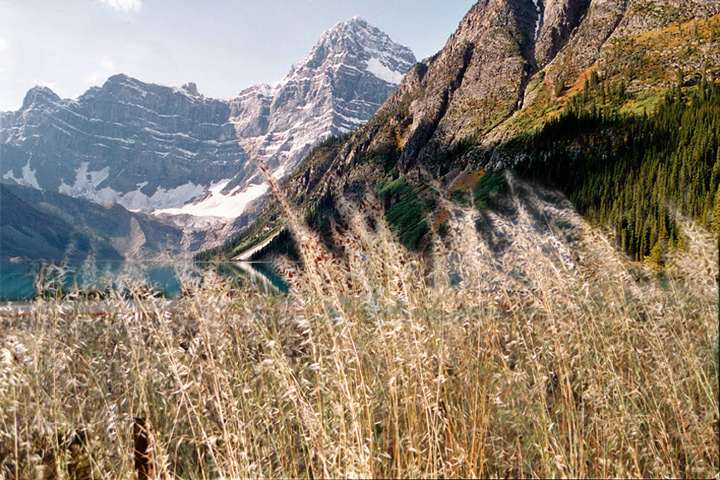
I created this type treatment using Adobe Photoshop. The photos were retrieved from the tutorial I followed. First, I created a new document with a green background that had a radial gradient on it which made the background go from a light yellow-green in the top left corner to a mid-range green on the outside. I then took the background image, which was a brown paper bag, and set it to overlay and changed the opacity to 70%. I then created a new layer and used a large, soft, black brush to add some black to the edges. I also set the opacity back to about 30% and set it to overlay. I then took the image of the grass and copied on to the canvas. I then chose a simple sans serif typeface to type out the word EARTH that would work well with the grass. I started by setting the text in white and set it to an overlay with the opacity at 50%. While on the text layer, I selected all the type and then selected the grass layer so I could add on some stray pieces of grass along the outside. This way the grass would look more realistic and not as cut out. I did this by using the quick mask. Once I finished the selection, I saved it incase I needed to select it again. I then duplicated the grass layer and then inverted the selection and deleted the top layer of grass on the outside. I then added a bevel to the type as well as a screen. I then duplicated that layer and added a drop shadow and beveled it. I then merged the two layers. Then to create the shadow, I selected the grass layer, duplicated it, filled it with black, and moved the black layer down once and over 8 times. Then, I added a motion blur with a 45′ andgle and a distance of about 30. The text was then set to 50% opacity. I then moved the shadow layer down and to the right and duplicated the layer 3 times and erased a bit of it each time so it was darker the closer it got to the text. These layers were set to multiply. At the end, I added some light to the image by adding a gradient of white to transparent towards the top left on a new layer. This layer was then set to soft light at 50%. Finally, I found an image of a snail and butterfly, selected them, and placed them on the letters. Voila.
